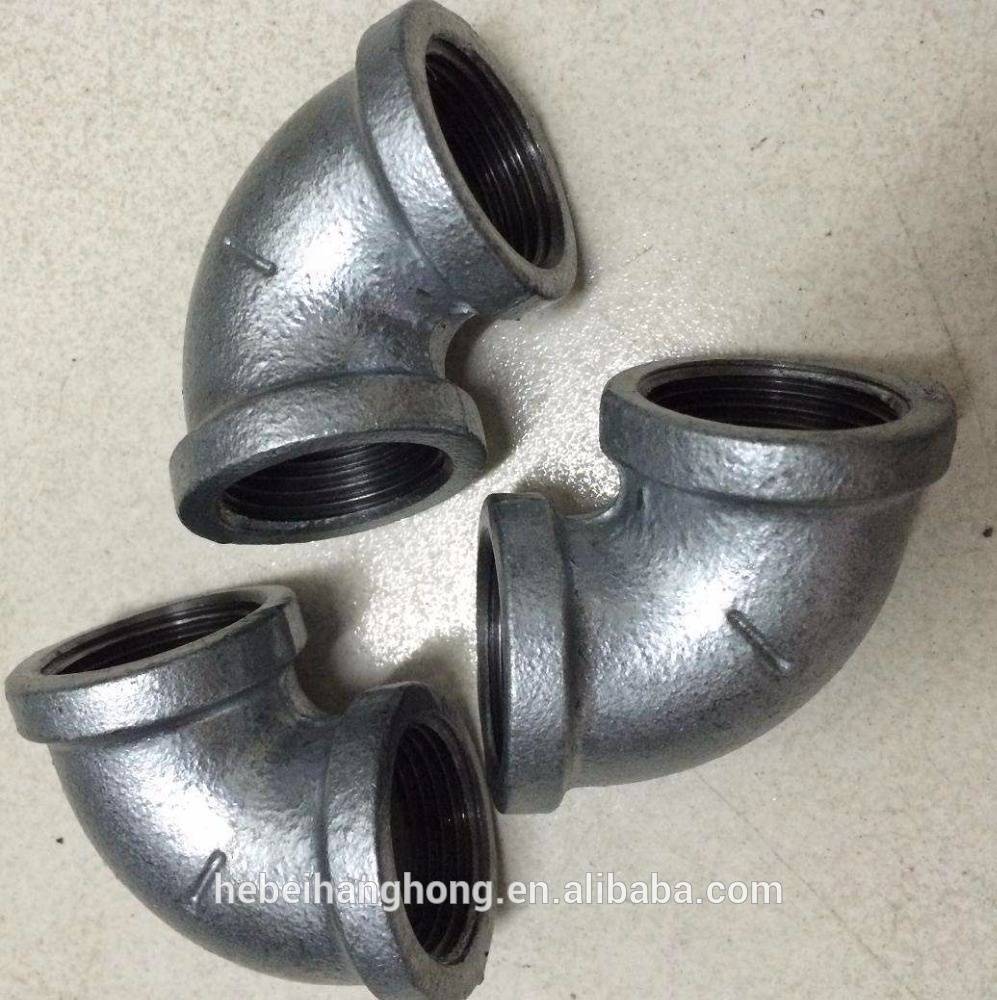
-
 Mail Usadmin1@hanghongtrade.com
Mail Usadmin1@hanghongtrade.com -
 Call Us+8613313271100
Call Us+8613313271100 -
language
נוב . 25, 2024 04:47 Back to list
Casting Techniques and Floor Flange Specifications for Optimal Performance and Reliability
The Evolving Landscape of Casting Techniques and Floor Flange Technology
Casting has been a fundamental manufacturing process for centuries, enabling the creation of intricate components that serve numerous industries. With the advent of new technologies and innovations, casting techniques have evolved significantly over the years. This article explores the current state of casting techniques, particularly in relation to floor flanges, which are crucial components in various piping systems, including those used in construction, oil and gas, and manufacturing industries.
Understanding Casting Techniques
Casting is a process where liquid materials, most commonly metals, are poured into a mold to create a specific shape upon solidification. Traditional methods include sand casting, investment casting, and die casting. Each method has its own advantages and applications.
1. Sand Casting This is one of the oldest and most commonly used techniques. Molds are made from sand mixed with a binding agent. It is cost-effective and suitable for producing large components. However, it may not achieve the precision required for finer details.
2. Investment Casting Also known as lost-wax casting, this technique allows for greater precision and a smoother finish, making it ideal for intricate designs. It involves creating a wax pattern that is coated with a ceramic material. Once the ceramic hardens, the wax is melted away, leaving a cavity for the metal.
3. Die Casting This is a high-pressure casting method that produces parts with tight tolerances. It's often used for mass production of small to medium-sized components, offering excellent dimensional accuracy and a superior surface finish.
With advancements in technology, additive manufacturing and computer-aided design (CAD) have also begun to influence traditional casting methods. The integration of 3D printing techniques into sand molds is reshaping how complex parts, like floor flanges, are produced with minimal waste and enhanced customization ability.
The Importance of Floor Flanges
Floor flanges, also known as base flanges, are essential components in various piping systems, connecting pipes to the floor of a building or utility area. They provide stability and support, allowing pipes to remain securely in place. The quality of these flanges can significantly impact the overall integrity and safety of a piping system.
casting technics and floor flange quotes

Made from materials like stainless steel, carbon steel, and alloyed metals, floor flanges must withstand high pressures and temperatures depending on their application. Therefore, the manufacturing process must ensure that they deliver strength and durability.
Latest Trends in Floor Flange Development
Recently, there has been a significant push toward enhancing the design and manufacturing processes of floor flanges. The following trends are noteworthy
1. Material Innovation Manufacturers are increasingly using advanced alloys that provide better corrosion resistance and mechanical strength. This adaptation is particularly crucial in industries such as oil and gas, where environmental factors can greatly affect component longevity.
2. Precision Engineering The incorporation of CNC (Computer Numerical Control) machining in the finishing of floor flanges has led to higher precision levels. This ensures that the flanges fit perfectly with piping connections, reducing the risk of leaks and failures.
3. Sustainability The manufacturing sector is becoming more environmentally conscious. Sustainable practices in casting, such as using recyclable materials and minimizing waste through improved techniques, are gaining popularity.
4. Custom Solutions With the evolution of CAD and 3D printing technology, manufacturers can now create custom floor flanges designed to meet specific project requirements. This flexibility allows for solutions that were previously not feasible in bulk manufacturing.
Conclusion
The casting industry is undergoing a transformation driven by technological advancements and the changing demands of industries. As casting techniques continue to evolve, so too does the ability to produce high-quality floor flanges that are essential for the safety and efficiency of piping systems. The future of casting and flange production looks promising, built on the foundation of innovation, sustainability, and quality assurance. As these trends develop, industries can expect even greater reliability and performance from their critical components.
-
1/2" Malleable Iron Pipe Fittings for Furniture & Plumbing
NewsAug.17,2025
-
Urban 3/4" Floor Flange for DIY RH Inspired Shelving
NewsAug.16,2025
-
Vintage Galvanized Pipe Chandelier - Industrial Lighting
NewsAug.15,2025
-
Industrial Pipe Shelf Brackets 'T' - Heavy 3/4" Iron
NewsAug.14,2025
-
Durable 2" Black Malleable Iron Pipe & 3/4" Threaded Fittings
NewsAug.13,2025
-
Malleable Galvanized Iron Pipe Fittings & Key Clamps - Durable
NewsAug.12,2025




